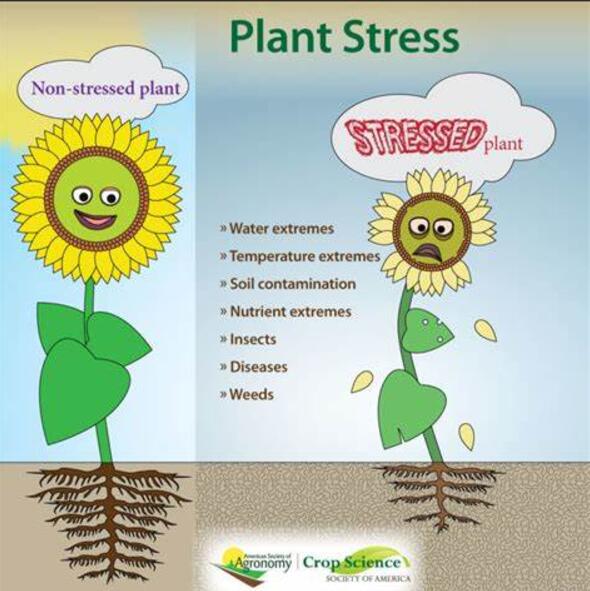Chloroplast positioning affects Hexokinase 1-mediated plant immunity under combined low temperature and high light
IF 6.8
Q1 PLANT SCIENCES
引用次数: 0
Abstract
Molecular networks involved in the responses of plants towards environmental changes are multifaceted and affect diverse metabolic and signalling pathways. Under challenging environmental conditions, such as low temperatures and high light intensities, plants need to immediately adjust their metabolism to prevent irreversible tissue damage. Regulation of photosynthesis and carbohydrate metabolism plays a crucial role in this stress response. Here, we analysed mutants of Arabidopsis thaliana, which were affected in either central enzymatic activities of carbohydrate metabolism, in chloroplast positioning or in a combination of both. Plants were exposed to a treatment of combined cold and elevated light. While mutants with deficiencies in sucrose or starch metabolism showed affected metabolic pathway regulation under abiotic stress, Hexokinase 1 mutants (hxk1) showed a severe growth phenotype with lesions and pale areas on leaf tissue. In a double mutant, combining deficiencies in Chloroplast Unusual Positioning 1 (CHUP1)-mediated chloroplast positioning and HXK1 (hxk1 x chup1), this growth phenotype vanished resulting in wild type-like plants. Transcriptome analysis revealed a significantly affected immune response of hxk1 plants, which was suppressed in the double mutants. Our results support previous findings which suggested that HXK1 acts as a positive regulator of the plant immune response. Finally, we suggest that, due to its potential role as a negative regulator of plant immunity, CHUP1 deficiency counteracted the reduced immunity of hxk1 in the double mutant which rescued the plants. Future studies might now reveal whether deficiencies in CHUP1 function and/or transcription represent a conserved strategy to increase plant immunity under abiotic stress.
求助全文
约1分钟内获得全文
求助全文
来源期刊

Plant Stress
PLANT SCIENCES-
CiteScore
5.20
自引率
8.00%
发文量
76
审稿时长
63 days
期刊介绍:
The journal Plant Stress deals with plant (or other photoautotrophs, such as algae, cyanobacteria and lichens) responses to abiotic and biotic stress factors that can result in limited growth and productivity. Such responses can be analyzed and described at a physiological, biochemical and molecular level. Experimental approaches/technologies aiming to improve growth and productivity with a potential for downstream validation under stress conditions will also be considered. Both fundamental and applied research manuscripts are welcome, provided that clear mechanistic hypotheses are made and descriptive approaches are avoided. In addition, high-quality review articles will also be considered, provided they follow a critical approach and stimulate thought for future research avenues.
Plant Stress welcomes high-quality manuscripts related (but not limited) to interactions between plants and:
Lack of water (drought) and excess (flooding),
Salinity stress,
Elevated temperature and/or low temperature (chilling and freezing),
Hypoxia and/or anoxia,
Mineral nutrient excess and/or deficiency,
Heavy metals and/or metalloids,
Plant priming (chemical, biological, physiological, nanomaterial, biostimulant) approaches for improved stress protection,
Viral, phytoplasma, bacterial and fungal plant-pathogen interactions.
The journal welcomes basic and applied research articles, as well as review articles and short communications. All submitted manuscripts will be subject to a thorough peer-reviewing process.
 求助内容:
求助内容: 应助结果提醒方式:
应助结果提醒方式:


